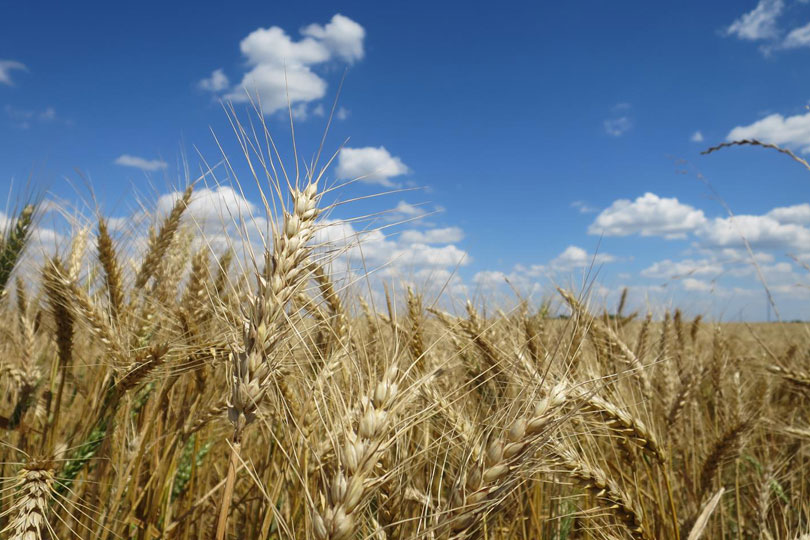By Jessica Domel
Multimedia Editor
The roles farmers and American tax dollars play to help starving families worldwide was discussed at a hearing of the House Committee on Agriculture Wednesday.
The hearing was especially timely, Committee Chairman Mike Conaway of Texas said, as it comes on the heels of the president’s budget proposal calling for drastic cuts to international food aid programs. The proposal also calls for the elimination of funding for the McGovern-Dole and Food for Peace programs.
Conaway said he agrees with many the proposal is short-sighted because Americans “are big-hearted folks who love seeing the U.S. flag on a donated bag of rice.”
“As my colleague Chairman (Robert) Aderholt noted, there should be no shame in using taxpayer dollars to buy American food from American farmers to send overseas to those who literally have nothing else to eat–especially when the proposed alternative, providing cash-based assistance, can result in hard-earned taxpayer dollars being misappropriated or going directly to our agricultural competitors,” Conaway said.
Food aid, like those provided for the programs with proposed cuts, are vital right now, according Margaret Schuler, senior vice president of the International Programs Group for World Vision.
In the past year alone, she said, the rate of global acute food insecurity increased by 35 percent from 80 million people in 2015 to 108 million today.
“The world is currently in the midst of its worst humanitarian crises since 1945,” Schuler told the committee.
Political unrest, violence, drought and other factors have led to malnutrition, starvation and deaths in many countries. Four in West Africa have been hit significantly hard: Somalia, South Sudan, Ethiopia and Kenya.
Schuler shared a story of a visit to South Sudan where people’s lives were turned upside down by violence. Many die as they attempt to flee the area.
“In many cases, families watched their children die along the way, but once they reached their destination, it was often generous food assistance from the U.S. government that allowed their remaining children to survive,” Schuler said.
Close to 1.4 million children could die this year from famine-like conditions, according to UNICEF.
“We know the U.S. government cannot do it alone, but its leadership inspires and promotes the actions of other donors,” Schuler said. “We also cannot ignore the long-term impact of malnutrition, particularly in children and pregnant mothers.”
International food aid programs do more than feed those in need, Conaway told the committee. They contribute jobs in the U.S. agricultural, manufacturing and maritime sectors.
“Eliminating such programs seems contrary to the role they play in a robust ‘America first’ policy,” Conaway said.
Ron Suppes, a Kansas wheat farmer, visited U.S. Department of Agriculture (USDA) Food for Progress projects in Tanzania. He told the committee there are several reasons to continue food aid programs.
“When blessed with good fortunes and good yields, it is an obligation to help provide for those who cannot provide for themselves,” Suppes, who testified on behalf of U.S. Wheat Associates, said. “It is a humanitarian issue, and food security is the answer to achieving stability around the world.”
The wheat industry has been a strong partner in U.S. food aid for more than 60 years, Suppes said, and American farmers take great pride in being able to share their bounty with people most in need.
“Food aid continues to matter for several reasons. In the long-term, it helps generate good will in other countries, a sentiment I saw firsthand in Tanzania,” Suppes said. “In the short-term, these programs also involve a significant amount of wheat, a fact not lost on Kansas farmers with full grain bins and more wheat piled on the ground from last year’s historically high harvest.”
Last year, about 26 million bushels of hard red winter wheat were sent as food aid.
International food aid programs also help build relationships with future trading partners, Suppes said.
“Historically, monetized commodities into South Korea and the Philippines introduced those markets to U.S. exports, and now they’re both top 10 markets for U.S. wheat,” Suppes said.
It also helps strengthen the economies of struggling countries.
“These

